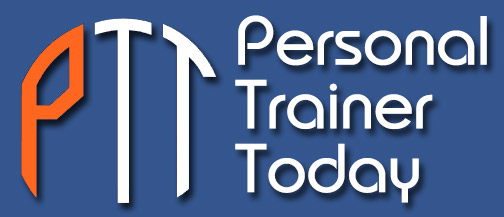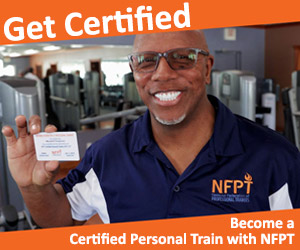For years, athletes both recreational and professional have accepted the fact that running at higher elevations poses a unique challenge. The air density diminishes at high elevations, rendering the...
Exercise Science, Biology, and Research
Health and fitness articles for personal trainers rooted in exercise science, biology, anatomy, physiology, health psychology
How to Leverage NEAT to Help Fitness Clients Burn More Calories Throughout the Day
Teaching clients how to leverage NEAT may be the missing piece to the puzzle of weight loss they have been searching for. Non-exercise Activity Thermogenesis (NEAT) is the energy we expend each day...
Oxidative Stress: Fighting the Free Radical Damage
Both scientific and anecdotal evidence consistently indicates that more active individuals tend to experience greater longevity and a reduced risk of coronary heart disease, stroke, and many forms...
Power of the Plank
I have been a strong proponent of the plank for many years. It’s no-impact, builds core strength, and takes very little time to make a big impression. Almost anyone can do it, especially with...
How to Overcome Plateaus and Manage Client Training Overloads
Trainers professionally direct training loads for their clients to enable both physical/mental adaptations for fitness gains over time. It is a near-certainty that our clients will face temporary or...
Tips for Training the Weekend Warrior
Not every client has the time and flexibility to train five days a week like the lifestyle of most fitpros might allow. The "weekend warrior", or the fitness enthusiast who only works out on Friday,...
Leaky Gut Syndrome: Ailment Without Answers
Imagine trying to identify an “illness” about which medical schools never teach. Leaky gut syndrome falls into such a category and as of late, has gotten much attention. Experts have even gone so...
All About Pilates: From Benefits to Methods
Personal trainers who know all about Pilates and how to program it for their clients' fitness goals are wise to add this skill to their fitness tool belt. Pilates is more than the nylon and spandex...
Rectus Femoris: Understanding and Training the Largest Quad Muscle
Rectus femoris is the most superficial of the four quadriceps muscles, meaning it is located closest to the skin, above the other three The other quadriceps muscles are vastus medialis, vastus...
Love Your Back
Since Valentine’s Day falls in February, why not choose this month to show some love…to your back. Guide clients to do the same and the results might just be something they will love! It is easy to...

